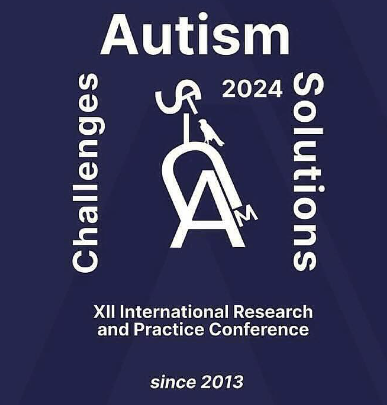Validation of plasma protein glycation and oxidation biomarkers for the diagnosis of autism
منشور 2024-07-05
الكلمات المفتاحية
- Autism Spectrum Disorder (ASD),
- behavior-based,
- plasma protein glycation,
- mechanistic
كيفية الاقتباس
الملخص
Autism Spectrum Disorder (ASD) is a common neurodevelopmental disorder in children. It is currently diagnosed by behavior-based assessments made by observation and interview. In 2018 we reported a discovery study of a blood biomarker diagnostic test for ASD based on a combination of four plasma protein glycation and oxidation adducts. The test had 88% accuracy in children 5 – 12 years old. Herein, we present an international multicenter clinical validation study (N = 478) with application of similar biomarkers to a wider age range of 1.5 – 12 years old children. Three hundred and eleven children with ASD (247 male, 64 females; age 5.2 ± 3.0 years) and 167 children with typical development (94 male, 73 female; 4.9 ± 2.4 years) were recruited for this study at Sidra Medicine and Hamad Medical Corporation hospitals, Qatar, and Hospital Regional Universitario de Málaga, Spain. For subjects 5 – 12 years old, the diagnostic algorithm with features, advanced glycation endproducts (AGEs) - Nε-carboxymethyl-lysine (CML), Nω-carboxymethylarginine (CMA) and 3-deoxyglucosone-derived hydroimidazolone (3DG-H), and oxidative damage marker, o,o’-dityrosine (DT), age and gender had accuracy 83% (CI 79 – 89%), sensitivity 94% (CI 90 – 98%), specificity 67% (CI 57 – 76%) and area-under-the-curve of receiver operating characteristic plot (AUROC) 0.87 (CI 0.84 – 0.90). Inclusion of addition plasma protein glycation and oxidation adducts increased the specificity to 74%. An algorithm with 12 plasma protein glycation and oxidation adduct features was optimum for children of 1.5 – 12 years old: accuracy 74% (CI 70 – 79%), sensitivity 75% (CI 63 – 87%), specificity 74% (CI 58 – 90%) and AUROC 0.79 (CI 0.74 – 0.84). We conclude that ASD diagnosis may be supported using an algorithm with features of plasma protein CML, CMA, 3DG-H and DT in 5 – 12 years-old children, and an algorithm with additional features applicable for ASD screening in younger children. ASD severity, as assessed by ADOS-2 score, correlated positively with plasma protein glycation adducts derived from methylglyoxal, hydroimidazolone MG-H1 and Nε(1-carboxyethyl) lysine (CEL). The successful validation herein may indicate that the algorithm modifiable features are mechanistic risk markers linking ASD to increased lipid peroxidation, neuronal plasticity and proteotoxic stress.

